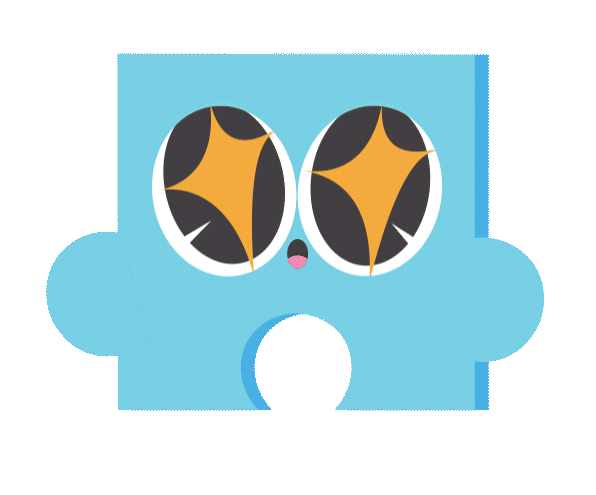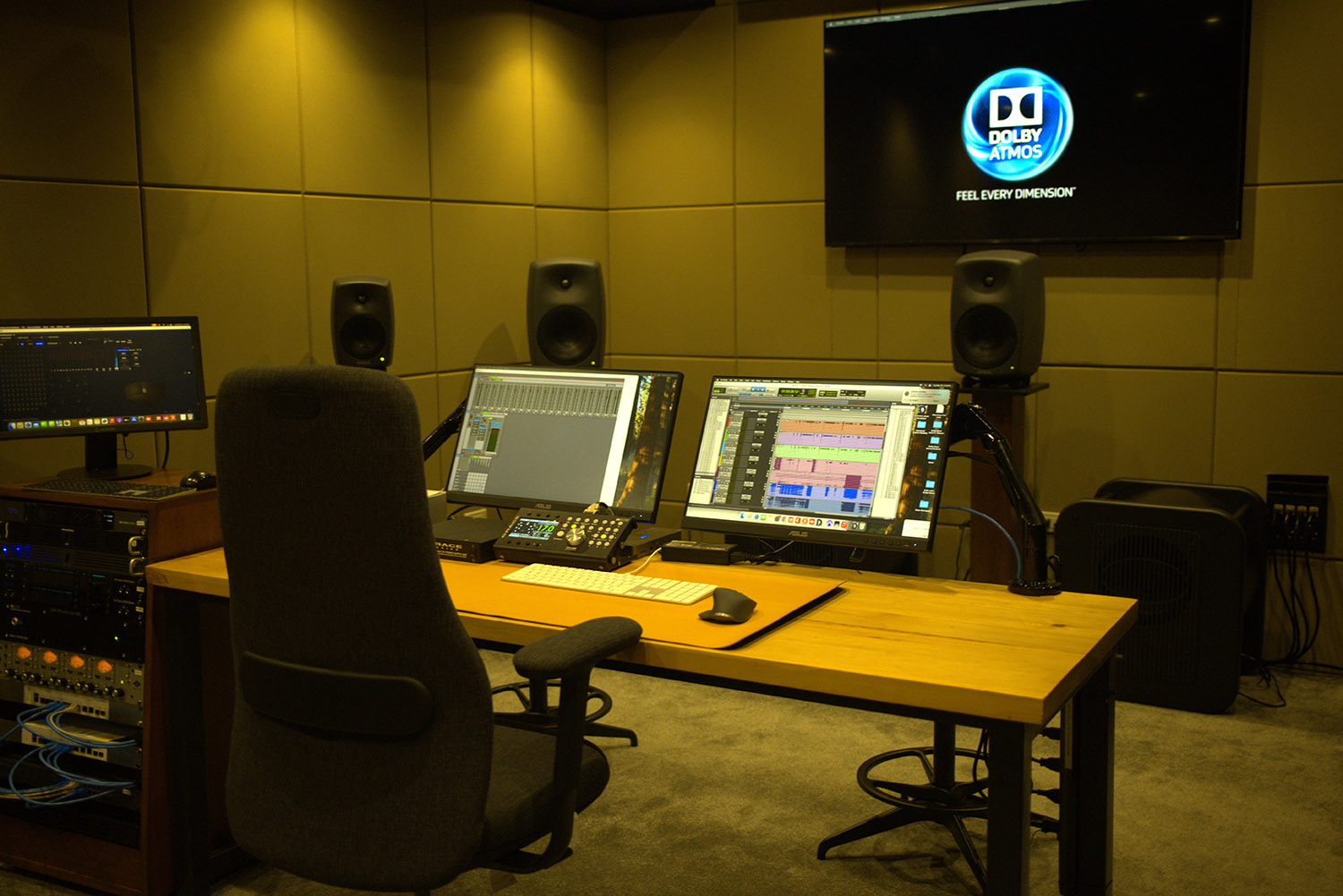
Dustin Carbonera designs with an eye to the future
The new CDAP President would like Filipino creatives to stop thinking, “Okay na ‘to”
By September Grace Mahino
May 07, 2025
May 2025 is a pivotal time for Dustin Carbonera. Not only is the branding and graphic designer starting his term as the President of the Communication Design Association of the Philippines (CDAP) this month, but he’ll also be leading a team of 15 CDAP members to offer free design consultations to IFEX Philippines 2025’s exhibitors during the food-sourcing trade show’s run from May 22 to 24 at the World Trade Center Metro Manila, Pasay City. Called CREATELab, the on-site design clinic is a collaborative initiative between CITEM’s CREATEPhilippines and CDAP that aims to help micro, small, and medium enterprises drive business growth through good design. “I’m looking forward to CREATELab because we really have to get rid of the ‘Okay na ‘to’ mentality when it comes to selling our products and services,” Carbonera says. “‘Okay na ‘to’ reeks of complacency. If we want to be known for excellence, we should aim for excellence.”
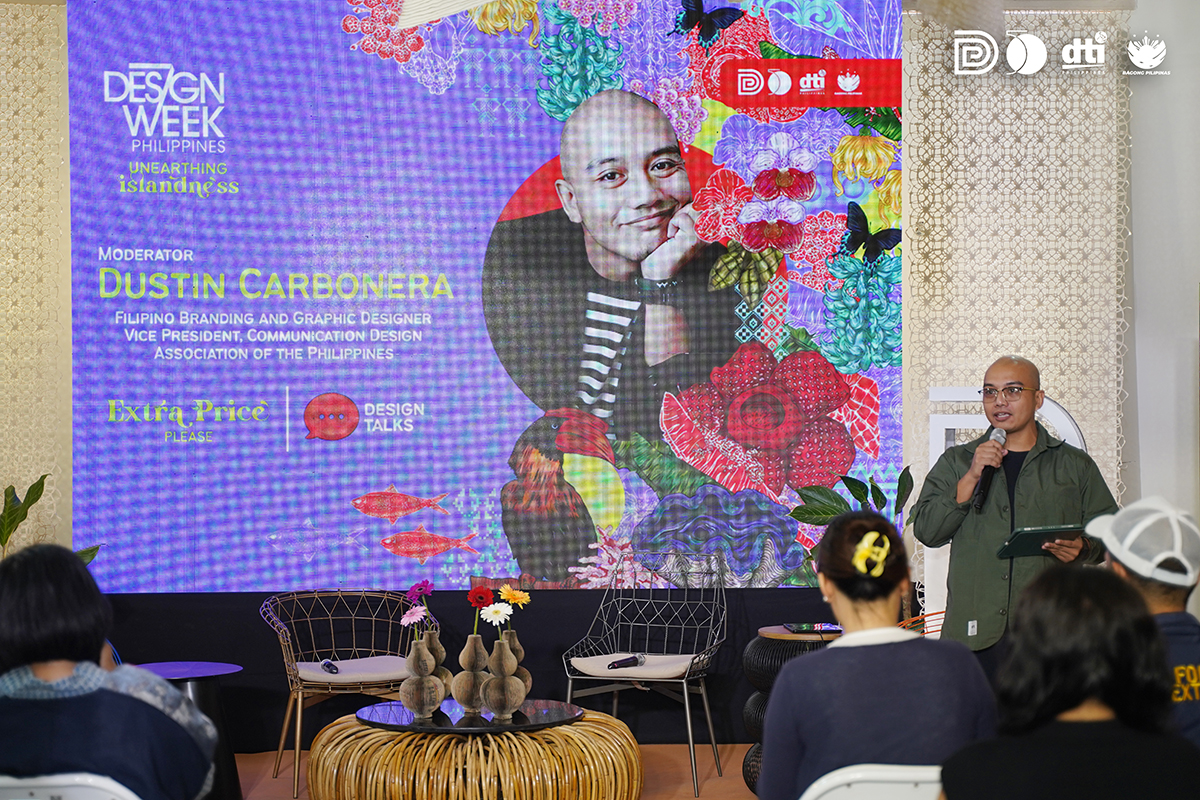
He also sees CREATELab as a two-way street for learning. “As designers, we want to know what branding strategies work in the global market, because we want our clients to believe in their products.” He knows that a strong export industry can only raise the Philippines’ profile on the international scene. “It’s a collaboration between businesses and designers because we don’t just want to look good; we also have to make sense.”
In anticipation of his eventful month ahead, CREATEPhilippines sat down with Carbonera to learn about his beginnings and growth as a creative and his vision for the future of the country’s design industry.
So, how did you get into design?
The original story is that I graduated with a broadcast journalism degree from De La Salle University - Dasmariñas. In college, my usual task was laying out pages and doing graphic design for the school newspaper. One day, the designers behind Team Manila came to speak at our school, and that was when I learned that there can be a career in graphic design. That became a spark for everything. After graduating, I researched on my own, developed my taste, and here we are today.
What was your self-studying process like as an aspiring designer?
Resources were really scarce then. We only had Deviantart and Multiply. Basically, whoever had the strongest marketing game became the standard. We had very few design books in the school library, so we really relied on online media. Team Manila, Inksurge, Christian San Jose—those were the names we looked up to.
How did you develop your eye and taste for design?
I checked out what sold well. Designers must see which works are commercially ready. We can’t just go, “This is my taste.” Well, does it sell well? You have to know and adjust to your clients’ tastes, then direct their preferences according to what you know is good, so it matches what their target audience is looking for. There are layers to consider, which is why design is fun but also complicated.
Most designers start out by focusing on aesthetics, then eventually learn that design, at its core, is about offering solutions.
Yes, young designers are drawn to aesthetics initially, but as they grow older in the industry, they understand that design is about problem-solving. That’s why we say function over form: You have to solve something first, then the form follows. If it’s just nice-looking, it’s shallow work. Eventually, the design loses its substance. It took me some time to realize that, too. Now, when I make something for a client, I think of how it would look in at least 10 years. That’s the measure of a design’s longevity: If you don’t have to change it because it remains effective.
How do you convince entrepreneurs to invest in design as a way to solve business problems?
Understandably, business owners focus on making revenue, but often, design takes the back seat. They think if the product is good, then design is just a secondary concern. They forget that design is part of the product experience and that it could attract buyers. For example, you want to buy something but the brand doesn’t carry a specific color or style you like, so you put off making a purchase. That’s a lost sales opportunity.
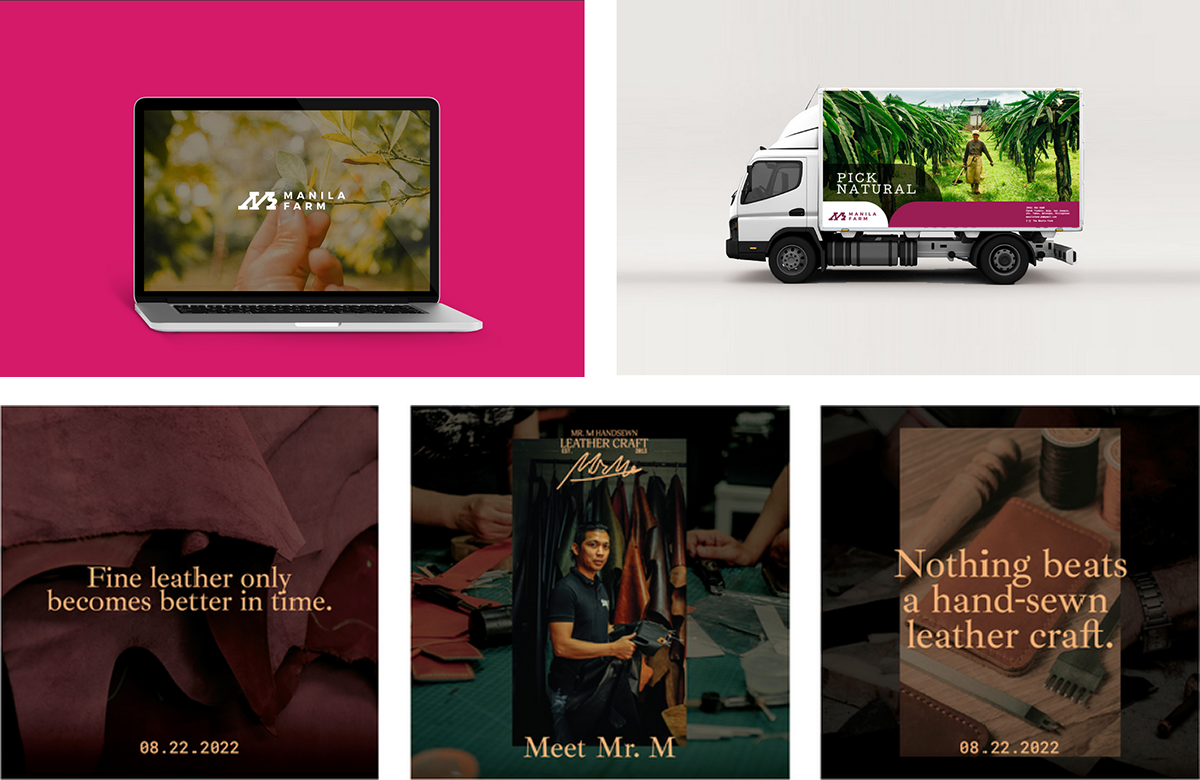
Honestly, many business owners aren’t into branding, and I can’t convince those who aren’t convinced yet. What I know is that constant exposure helps someone understand the power of design. They say it takes at least five to seven brand interactions for a consumer to buy something; the same goes for clients. If they see you’re good, then maybe they’ll change their mind. Eighty to 90% of my clients approached me after seeing how my designs solved other people’s problems. Talking to them won’t convince them; showing your work to them does.
Sometimes, also, when people see you not just designing but also showing your expertise through talks and community-building, they see how you can add value to their business.
What’s an inspiring client experience that reinforced for you the importance of your work as a designer?
I participated in the Department of Trade and Industry’s One Town, One Project (OTOP) in Zamboanga, handling at least 20 clients. One of them stands out to me because he got in touch after the project: “Sir, thank you so much for designing my product’s packaging. I’m no longer embarrassed to sell my products overseas.” That was when I realized clients also know what looks good; they just don’t have the design skills and can’t validate themselves. Working with a designer can confirm what they think would work for their market. With this particular client, I was happy that design helped grow his confidence in his product.
Aside from technical skills, what does one need for a career in design?
Having empathy goes a long way. Clients go to you to have a problem solved, so you must understand what they need at the root. For example, some may think they need a website, but while talking to them, you realize that not having a website isn’t the real issue. Empathy helps you pinpoint what they actually need.
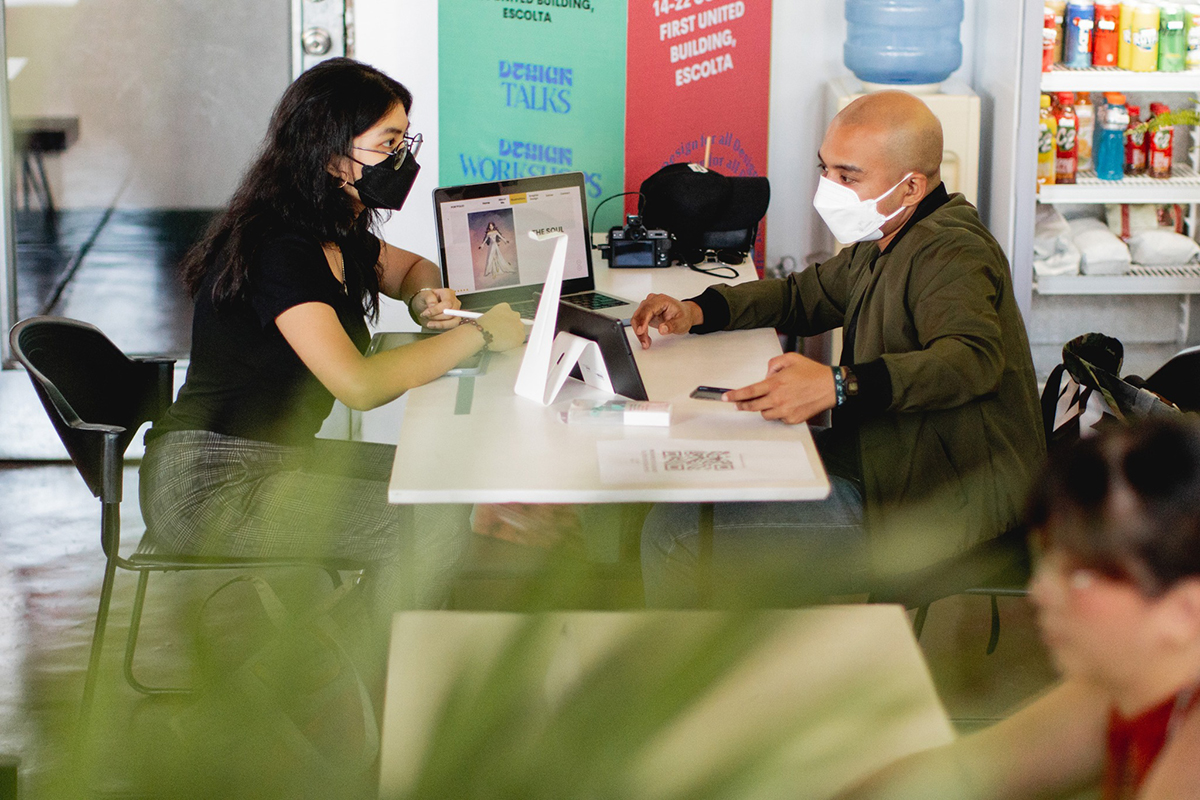
Second, clear communication. It goes with having empathy. “Here’s what you need, here’s how we’re going to do this.” As a communication designer, you help clients communicate to their audience so their products move in the market.
Third, having a certain taste level. Designers must understand they can’t serve every client there is; they must have a target client in mind, and they develop their taste based on that.
As the new CDAP President, what challenges in the local design industry are you looking forward to addressing?
We’re looking at three things this season. The first is education. Under (previous CDAP President) Leah Rasay’s leadership, we organized talks about the business of design because we want designers to understand topics not taught in design school: the numbers game, making contracts, running a business, the legalities of it, etc. We want to educate designers so they’re more confident and less likely to be short-changed by clients. I mean, that’ll never go away, but at least designers can negotiate better.
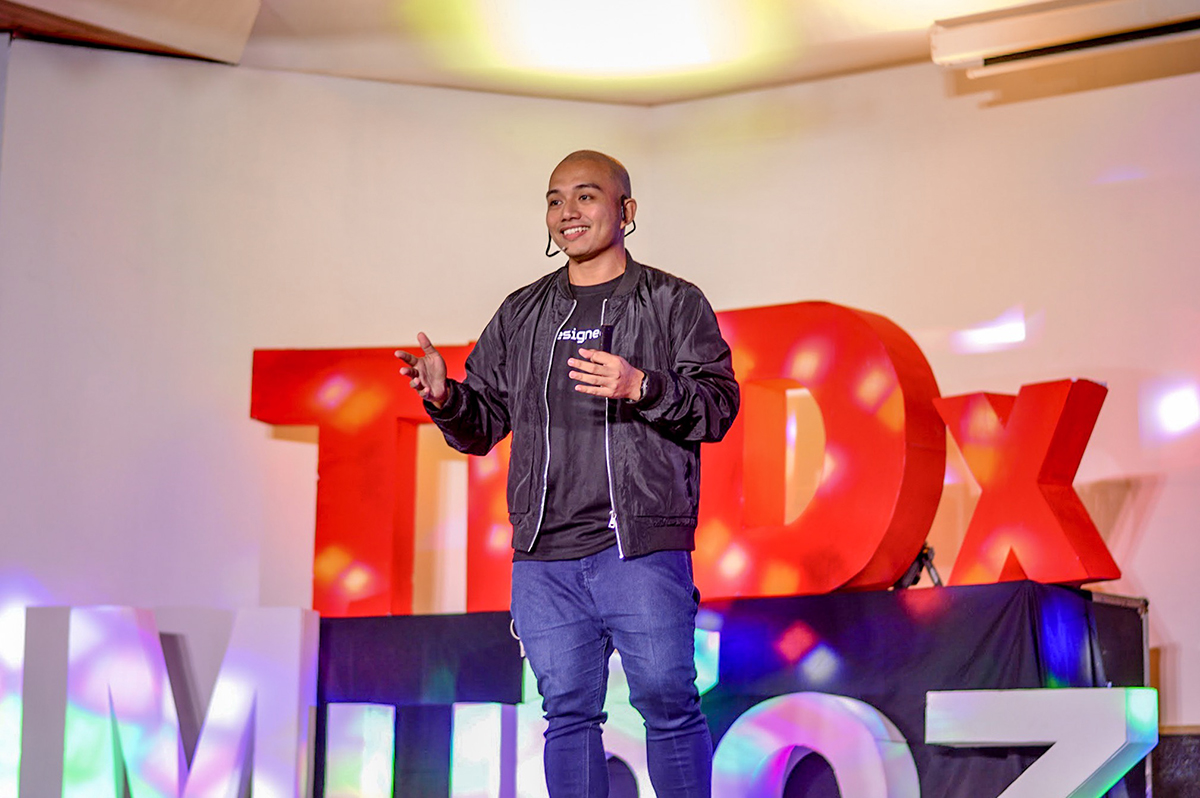
The second is the hot topic of AI and other emerging technologies. How do we designers fit into the picture? Are we going obsolete, or is AI just a tool? It’s not just careers or jobs at stake. It’s also the humanity and sanity of artists.
The third is community-building. Design is a relatively young industry in the country; we started having multimedia arts courses only at the end of the 2000s. Before the technology boom, if you wanted to work in design, you studied advertising. So, how can we, as a community, help each other? Having a community helps each of us have a broader understanding of what needs to be done to address everyone’s challenges, from the young upstarts to seasoned veterans.
What do Filipino designers do well?
We’re very creative when we play around. That’s when we do our best work. For example, the reinterpretation of the classic Filipino kumot into streetwear—that was smart, and it resonated with most of us culturally. Creating something new by playing around with things we already have…that’s where the concept of diskarte comes in, although I’m not its biggest fan because it leads to complacency. But when applied well, I think diskarte can take Filipinos places.
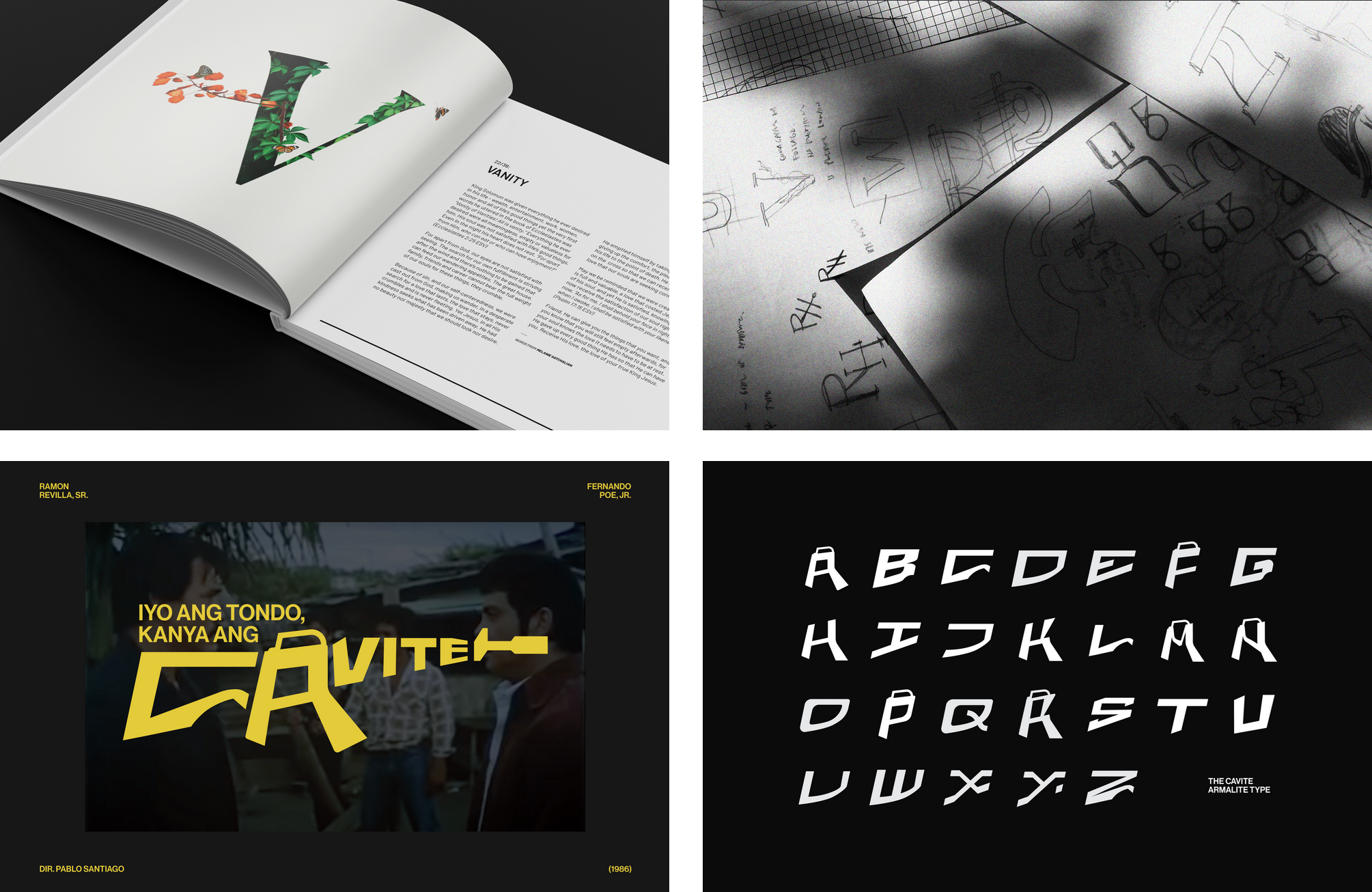
Conversely, what can we do better?
Following trends and thinking that because something works for others, it will work for you. We must also quit the “Okay na ‘to” mentality. It’s a popular meme now, but I really don’t like it. Why think, “Okay na ‘to,” when what you should be asking is the opposite: “What does ‘done’ look like? What does excellence look like?”
***
Are you an IFEX Philippines exhibitor and want to get a free design consultation through CREATELab? Register here to secure a slot.
Check out Dustin’s portfolio on his website and follow him on Instagram. All images in this story are courtesy of Dustin Carbonera.
Want to connect with Dustin? Get in touch with CREATEPhilippines by emailing us at [email protected]. Want to be part of our creative community and have the chance to be featured on CREATEPhilippines? Sign up and register for our Directory of Creatives here. Join our Viber community, too, and follow us on Instagram, Facebook, X, and LinkedIn to be updated on the creative events that we’re promoting.
